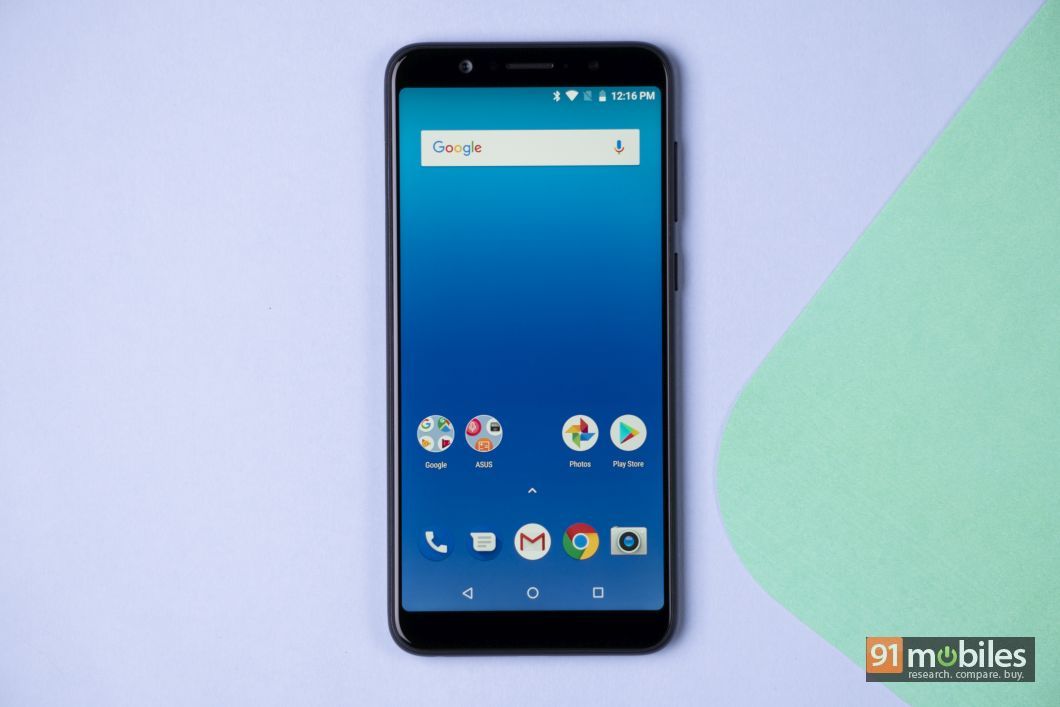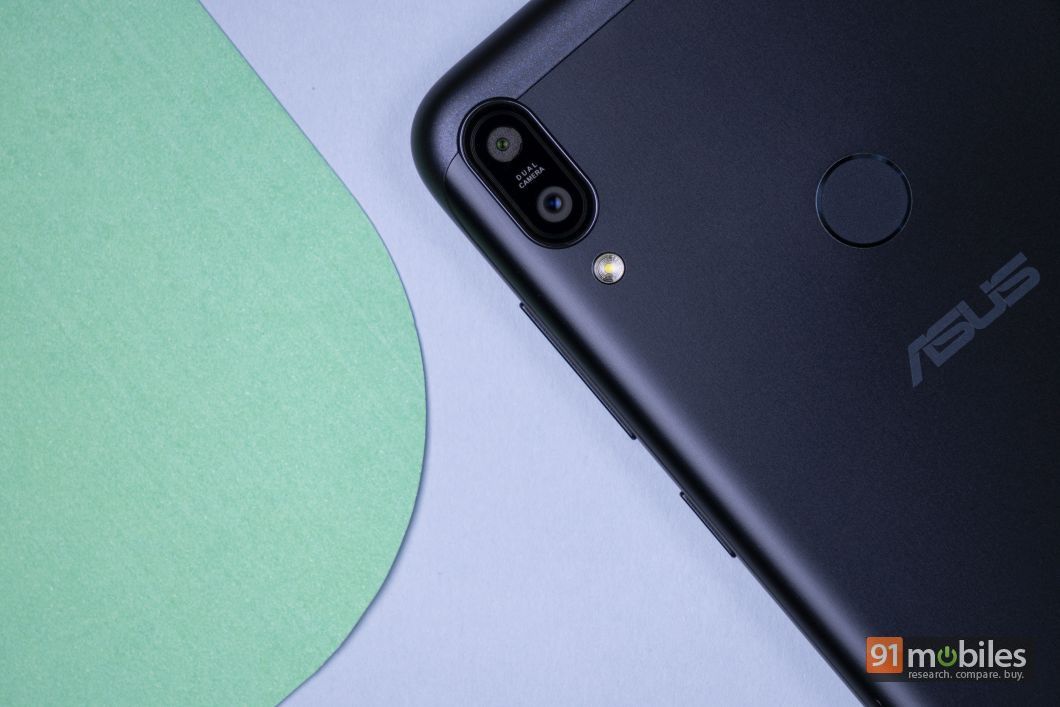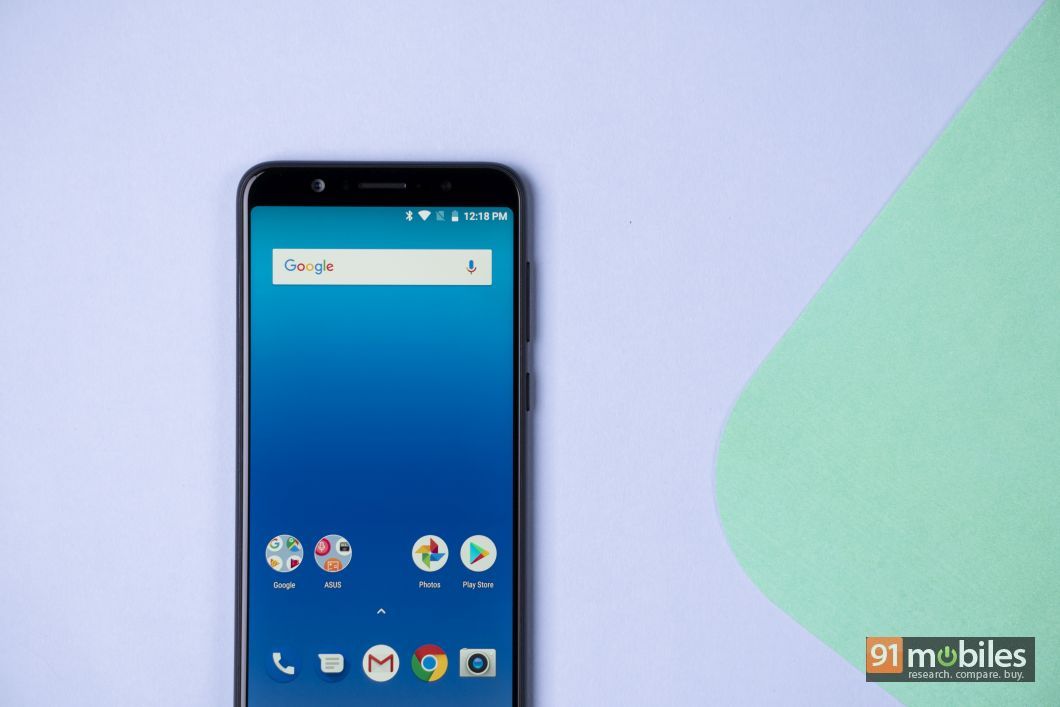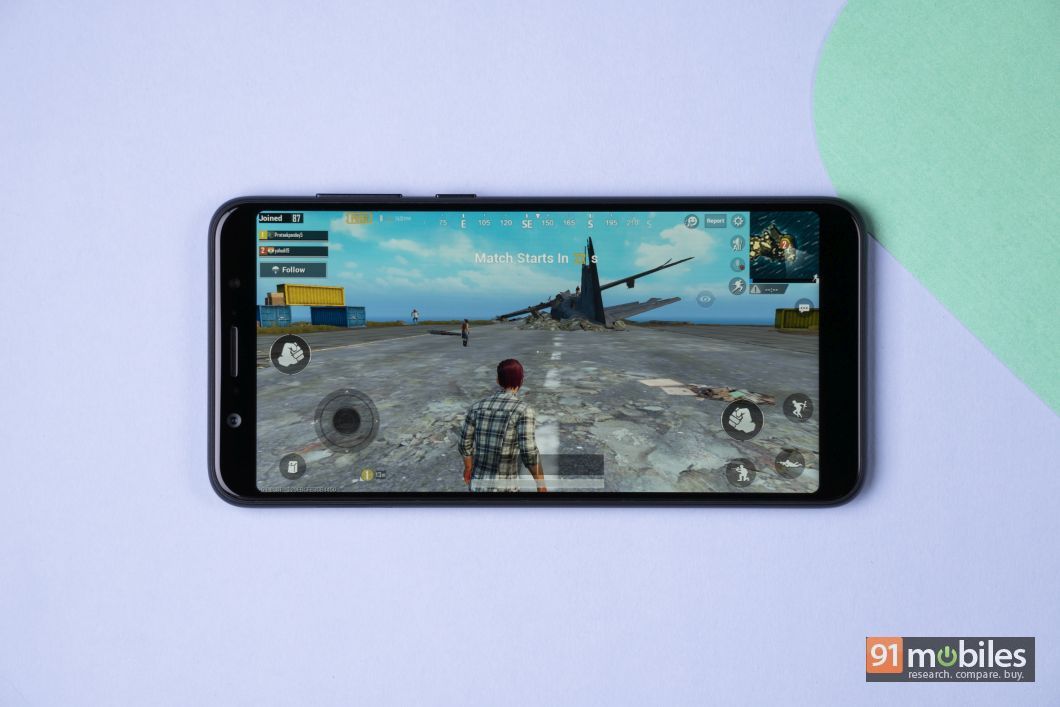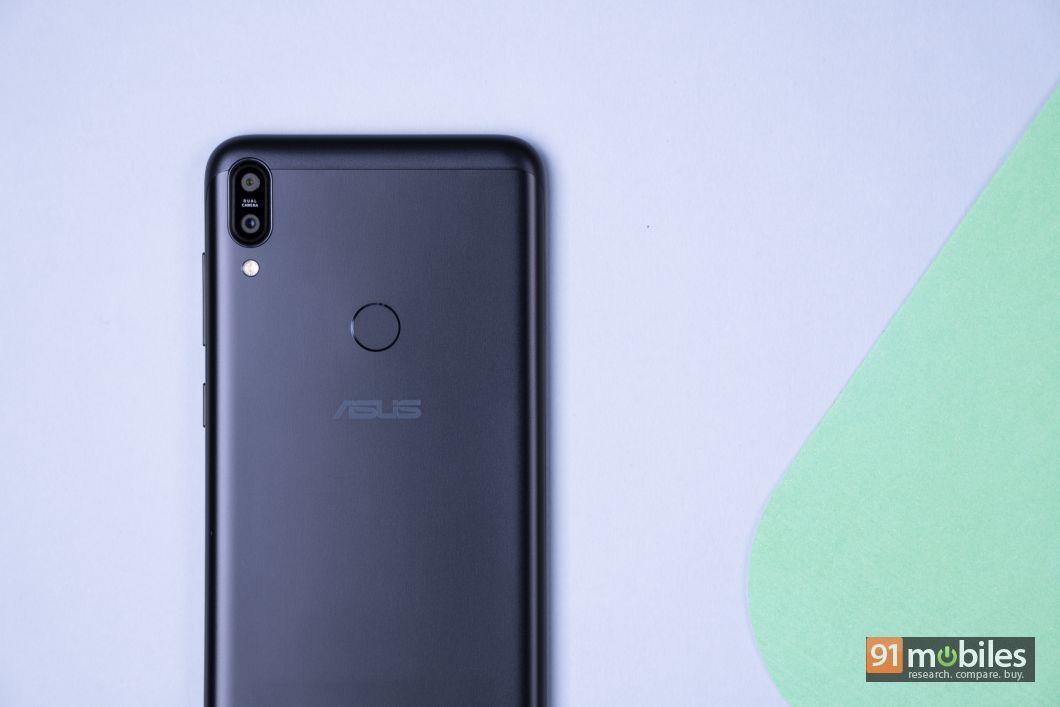“We take a look at the newer variant of the Zenfone Max Pro M1 and give you our opinion on the same”
When you think of budget/affordable smartphones available in India, which is the first brand that pops into your head? We wouldn’t be surprised if most of you chimed ‘Xiaomi’ in unison. Once an unknown brand in the Indian smartphone industry, the Chinese tech giant has established itself as a household name in just four short years. That being said, the company’s reign has been challenged by quite a few, including the ASUS ZenFone Max Pro M1 (review) that was launched just a few weeks ago. This device goes toe-to-toe with Xiaomi’s popular Redmi Note 5 Pro (review).
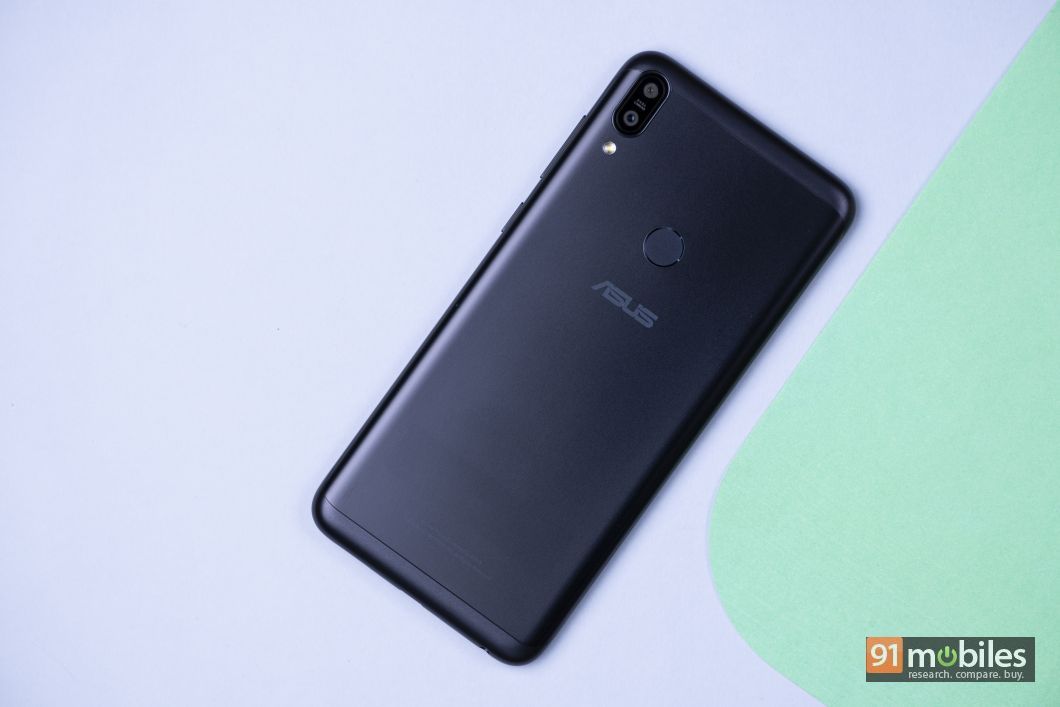
Table of Contents
What’s the same
ASUS has done a OnePlus with the latest variant of the Zenfone Max Pro M1, and barring the smartphone’s performance and the camera quality, the newer model is identical to its predecessor which was launched a while back. To put things into perspective, you’ll get the same unibody metal design with the newer Zenfone Max Pro M1, which feels solid and well constructed.
The smartphone’s window to the world is a 5.99-inch FHD+ IPS panel which exhibits punchy and pleasing colours. Moreover, the display has excellent viewing angles and gets plenty bright, allowing you to use the smartphone effortlessly under direct sunlight. Much to our dismay, we did notice that the display has slight backlit bleeding, though it didn’t mar the experience of consuming media on the smartphone.
The ports and button placement remain the same too, which means you’ll find the fingerprint sensor positioned towards the back of the device and a micro-USB port at the bottom of the unit. The fingerprint sensor worked flawlessly during our testing too.
The original Zenfone Max Pro M1’s primary camera clicked really good pictures and therefore, we aren’t opposed to seeing the same sensors on the newer variant too. Spec-wise, the handset features 16MP and 5MP sensors at the back, which click vibrant and detailed shots in well-lit scenarios. We were impressed with the smartphone’s ability to click portraits too as the handset manages to differentiate between the subject and the background quite effectively. On the flip side, the smartphone’s lowlight performance is nothing to write home about.
The only sore point which sticks out to us is the handset’s built-in HDR mode, which for some reason was adding a greyish tint to the images, making the scene look unnatural. To get a better picture (pun unintended), feel free to browse through some of the shots we took with the newer Zenfone Max Pro M1.
Lastly, the newer Zenfone Max Pro M1 also boots a near-stock version of Android Oreo from the get-go and is fuelled by a massive 5,000mAh battery. Unsurprisingly, the handset managed to see us through the end of a heavy day with ease with plenty of juice still in the tank by the time we hit the bed. On a separate day, we managed to play PUBG continuously for three hours, and the handset still had around 20 percent battery to spare.
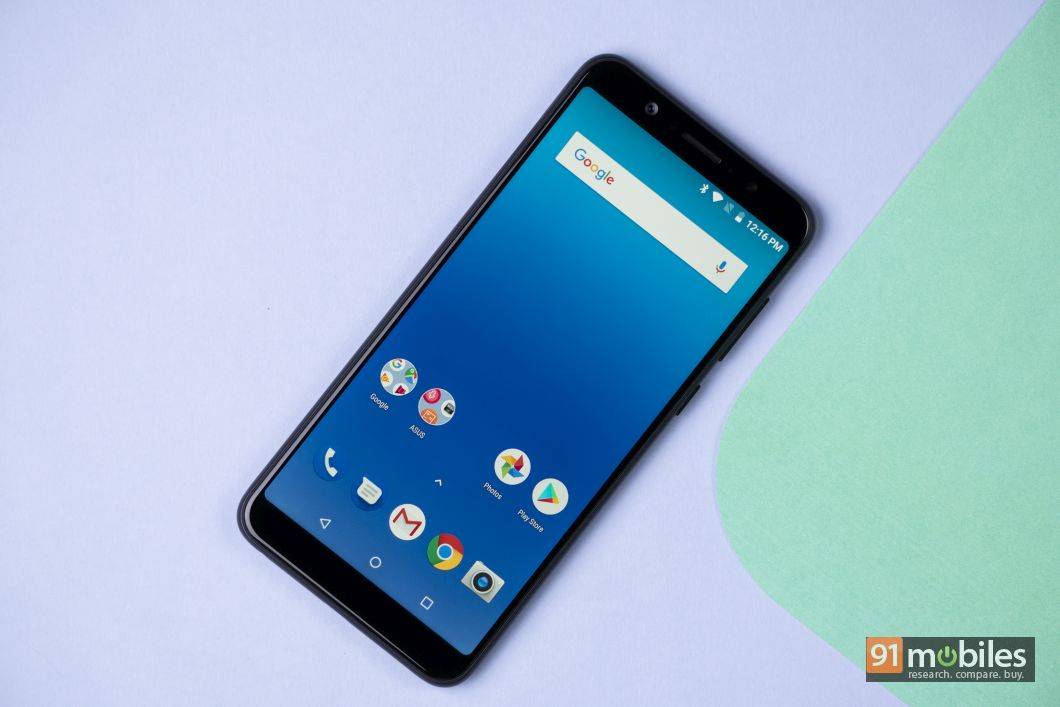
What’s different?
When we reviewed the older version of the Zenfone Max Pro M1, the smartphone’s 8MP selfie camera left us wanting for more. Thankfully, ASUS has addressed the criticism by furnishing the newer model with a 16MP sensor. So, does the spec-bump translate into a noticeable difference in the quality of selfies? Well, we’re happy to report that the smartphone’s front camera managed to impress us this time around with its detailed, true-to-life selfies. As can be seen from the sample shots we’ve attached, the selfie shooter captures a ton of details in well-lit scenarios and doesn’t over-expose the background of the subject either.
Selfies taken in the dark don’t look all that bad either, thanks in no small part to the smartphone’s front-facing LED flash which does a good job of illuminating the scene. That being said, the portrait mode is still a bit iffy as it softens the edges and borders of the subject. All in all, the smartphone’s selfie camera has certainly seen a lot of improvement since the last model, and it now can comfortably stand its ground against some other selfie-centric smartphones in the segment.
ASUS has upped the ante in the performance department too as the newer Zenfone Max Pro M1 ships with more RAM and storage. The handset is still backed by the Snapdragon 636 processor albeit comes with 6GB of RAM and 128GB of storage this time around. Consequently, you will be able to flood the smartphone’s storage with more downloads and also keep more applications in the system’s memory, making multitasking that much better. That being said, we didn’t see any noticeable difference in the smartphone’s gaming performance and intensive games like PUBG ran on the exact same graphics settings as the older model.
Verdict
It goes without saying, if you already own the earlier variant of the ZenFone Max Pro M1, then you need not upgrade to the newer 6GB RAM model. However, if you are in the market for a new smartphone which can click good selfies, then you should definitely consider the newer ZenFone Max Pro M1 over the previous model.
If you’re confused between the Xiaomi Redmi Note 5 Pro and the newer ZenFone Max Pro M1, then we can assure you that ASUS’ offering is likely to impress you with its performance, no frills Android experience and battery life. However, you’ll have to wait for our in-depth camera comparison between the two smartphones to see which makes a better pocket shooter. All things considered, the new ZenFone Max Pro M1 is a solid smartphone which should be at the top of your shortlist.
Editor’s rating: 4 / 5
Pros:
- Solid performance
- Excellent battery life
- Good cameras
Cons:
- HDR mode for the rear camera needs work
- No USB Type-C port
 Asus Zenfone Max Pro M1 6GB RAM
Asus Zenfone Max Pro M1 6GB RAM
|
vs |
 Xiaomi Redmi Note 5 Pro
Xiaomi Redmi Note 5 Pro
|
 Asus Zenfone Max Pro M1 6GB RAM
Asus Zenfone Max Pro M1 6GB RAM
|
vs |
 Motorola One Power (P30 Note)
Motorola One Power (P30 Note)
|

